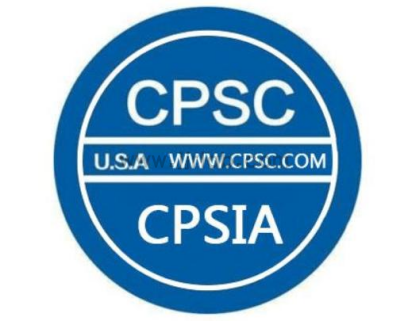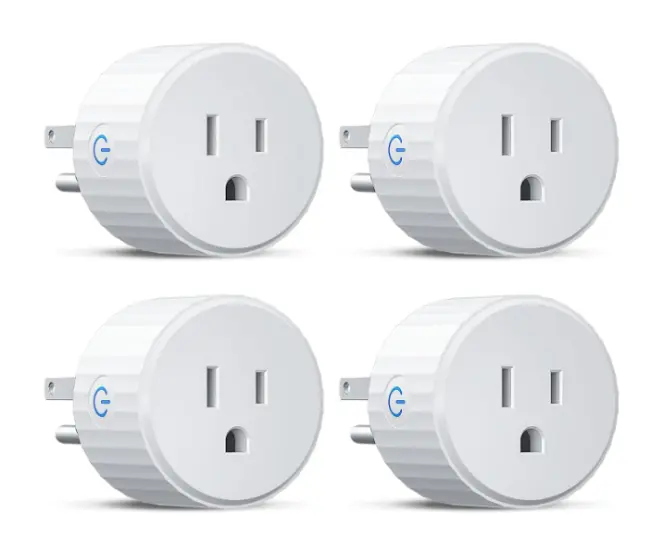
Energy Star Testing Laboratory
The Energy Star label is a government program jointly promoted by the U.S. Environmental Protection Agency (EPA) and the U.S. Department of Energy (DOE), aimed at better protecting the environment and saving energy. Lighting products are also within the scope of Energy Star certification. Since January 1, 2011, all test reports and data for Energy Star applications must come from EPA-recognized testing laboratories. Additionally, after the product is launched, it must undergo random sampling tests to ensure it maintains high energy efficiency.
JJR in China is an EPA-recognized Energy Star testing laboratory, equipped with advanced measurement equipment that fully meets the energy efficiency testing requirements for computers, uninterruptible power supplies, chargers, audio-visual devices, and set-top boxes as specified by Energy Star.
Testing Standards:
- Set-Top Box Energy Star Requirements Version 4.1, Version 5.1 7.6
- Set-Top Box Energy Star Test Methods Rev. Jun-2012, Rev. May-2016 7.6
- Set-Top Box Energy Star Requirements Version 4.1, Version 5.1 7.7
- Set-Top Box Energy Star Test Methods Rev. Jun-2012, Rev. May-2016 7.7
- Set-Top Box Energy Star Requirements Version 4.1, Version 5.1 7.8
- Set-Top Box Energy Star Test Methods Rev. Jun-2012, Rev. May-2016 7.8
- Audio/Video Equipment Energy Star Requirements Version 3.0 7.1
- Audio/Video Equipment Energy Star Test Methods Rev. July-2012 7.1
- Audio/Video Equipment Energy Star Requirements Version 3.0 7.2
- Audio/Video Equipment Energy Star Test Methods Rev. July-2012 7.2
- Audio/Video Equipment Energy Star Requirements Version 3.0 7.3
- Audio/Video Equipment Energy Star Test Methods Rev. July-2012 7.3
- Computer Energy Star Requirements Version 6.1 6.2
- Computer Energy Star Test Methods Rev. Aug-2014 6.2
- Computer Energy Star Requirements Version 6.1 6.3
- Computer Energy Star Test Methods Rev. Aug-2014 6.3
- Computer Energy Star Requirements Version 6.1 6.4
- Computer Energy Star Test Methods Rev. Aug-2014 6.4
- Computer Energy Star Requirements Version 6.1 7.2
- Computer Energy Star Test Methods Rev. Aug-2014 7.2
- Uninterruptible Power Supply Energy Star Requirements Version 1.1 5
- Uninterruptible Power Supply Energy Star Test Methods Rev. May-2012 5
- Uninterruptible Power Supply Energy Star Requirements Version 1.1 5
- Uninterruptible Power Supply Energy Star Test Methods Rev. May-2012 5
- Charger BCS Energy Star Requirements Version 1.1 6.2
- Charger BCS Energy Star Test Methods Rev. Aug-2010 6.2
- Charger BCS Energy Star Requirements Version 1.1 6.2
- Charger BCS Energy Star Test Methods Rev. Aug-2010 6.2
- Charger BCS Energy Star Requirements Version 1.1 6.2
- Charger BCS Energy Star Test Methods Rev. Aug-2010 6.2
- Charger BCS Energy Star Requirements Version 1.1 6.3
- Charger BCS Energy Star Test Methods Rev. Aug-2010 6.3
JJR also offers testing services based on the following updated standards: LM-80-2008, LM-80-2015, LM-80-2020, LM-85-2014, TM-21, LM-84-2014, TM-28-2014, TM-26, TM-27, TM-30, NEMA 77-2017, LM-79-08, LM-79-2019 for LED chips, bulbs, and luminaire life aging, failure rates, flicker, lumen maintenance, and photometric testing.
Other Standards Include:
- Lamp Version V2.1
- Luminaires Version V2.2
- Imaging Equipment Version 3.0
- Computers Version 7.1
- Displays Version 8.0
- Enterprise Servers Version 3.0
- Residential Clothes Washers Version V8.0
- Commercial Clothes Washers Version V8.0
- Residential Dishwashers Version V6.0
- Commercial Dishwashers Version V2.0
- Electric Vehicle Supply Equipment Version V1.0
- Set-Top Boxes and Cable Boxes Version 5.1
- Telephony Version 3.0
- Televisions Version 8.0
- Water Cooler Version 2.0
- Audio/Video Version 3.0
- Small Network Equipment Version 1.0
- Commercial Ice Makers Version V3.0
- Commercial Refrigerators & Freezers Version V4.0
- Residential Refrigerators & Freezers Version V5.0
- Commercial Ovens Version V2.2
The U.S. EPA and DOE launched the new third-party Energy Star certification process on January 1, 2011. Manufacturers who wish to label their products with the Energy Star mark must have their products tested by an EPA-recognized testing laboratory, and submit the test reports to a third-party certification body (CB) for review. Once approved, the Energy Star certification is granted.
Documents Required for Energy Star Certification:
1. Product User Manual
2. Safety Design Documents (including key structural diagrams)
3. Product Technical Specifications
4. Product Electrical Schematic
5. Product Circuit Diagram
6. List of Key Components or Raw Materials (preferably with European certification marks)
7. Copies of Whole Product or Component Certification
8. Other required documentation.
Energy Star Certification Process:
1. Provide Energy Star certification information and application form
2. Submit the completed application form (with manufacturer information)
3. Submit samples and product documentation
4. Laboratory testing of samples
5. Submit test data and related documents to the Energy Star governing body
6. Approval and issuance of Energy Star certificate
7. Apply the Energy Star label to the product
With high-quality and efficient services, JJR Lab in China has successfully assisted numerous domestic manufacturers in applying for Energy Star® certification and has gained the latest recognition from the U.S. EPA, becoming one of the global laboratories providing Energy Star® market random inspection testing services.
Email:hello@jjrlab.com
Write your message here and send it to us
 Toy Toxicology Testing CA
Toy Toxicology Testing CA
 CPSIA Compliance for Children's Products
CPSIA Compliance for Children's Products
 Food Contact Items Testing
Food Contact Items Testing
 Energy Star Testing Laboratory
Energy Star Testing Laboratory
 Do I Need to Test Every Color for CPSIA Compliance
Do I Need to Test Every Color for CPSIA Compliance
 Accredited Medical Device Testing Lab
Accredited Medical Device Testing Lab
 Safety Testing for Baby Wrap
Safety Testing for Baby Wrap
 United States Electrical Plug Certification
United States Electrical Plug Certification
Leave us a message
24-hour online customer service at any time to respond, so that you worry!




